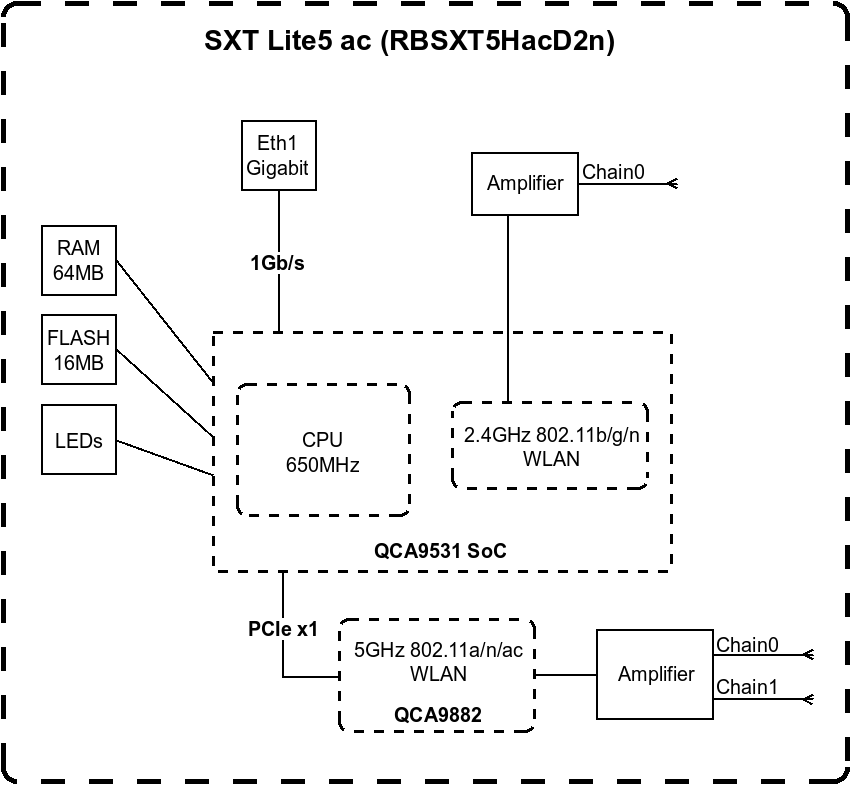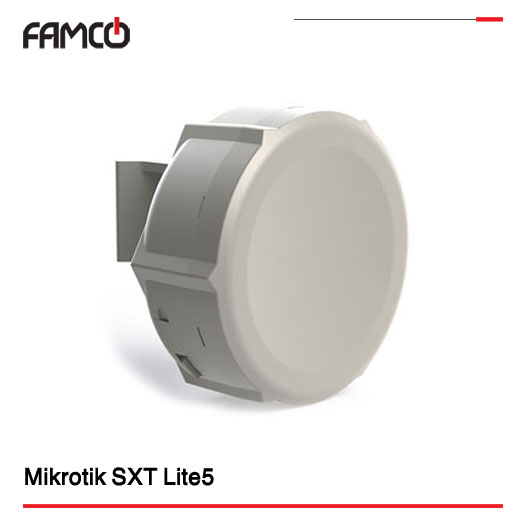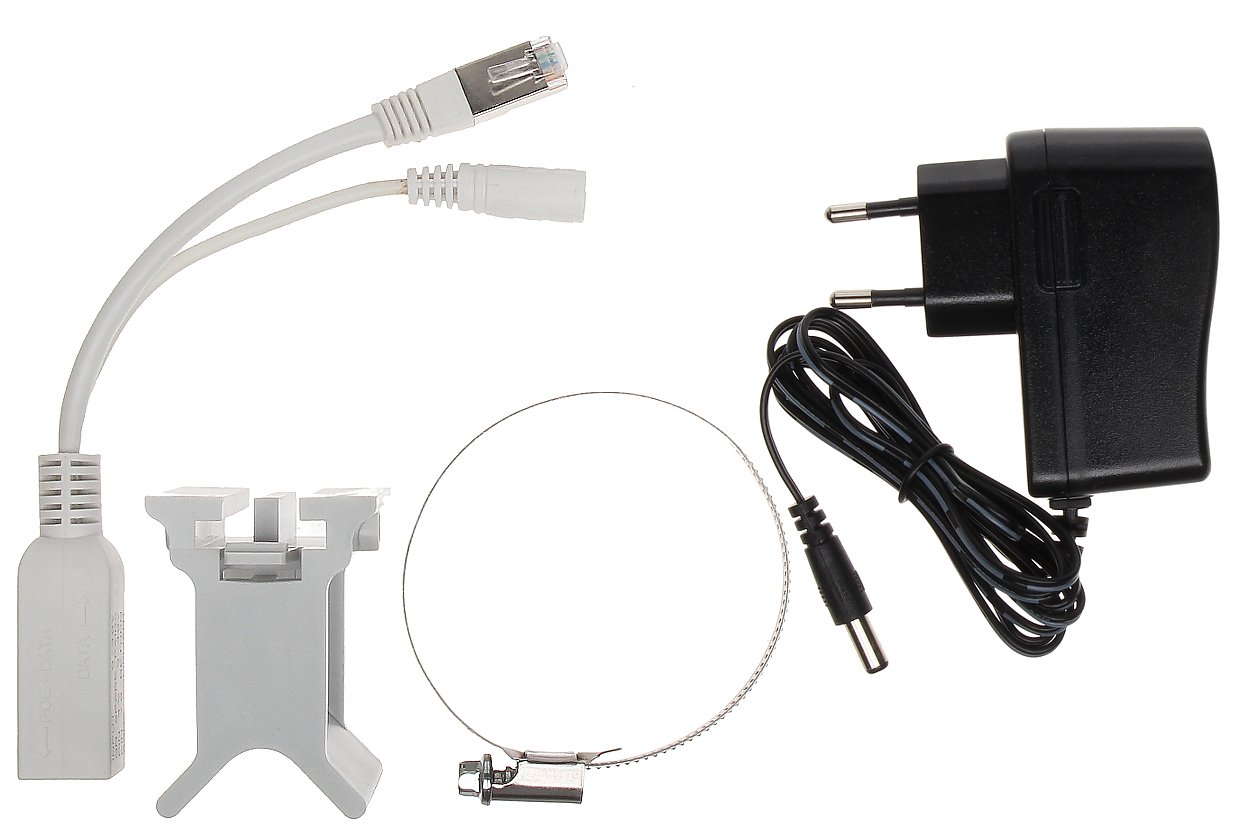

Value auto equals to the value of arp-timeout in IP/Settings, default is 30s.Īutomatically select one MAC address of bridge ports as a bridge MAC address, bridge MAC will be chosen from the first added bridge port. Therefore for communications to be successful, a valid static entry must already exist.Īrp-timeout ( auto | integer Default: auto)ĪRP timeout is time how long ARP record is kept in ARP table after no packets are received from IP. No dynamic entries will be automatically stored in the IP/ARP table.



Whether to add DHCP Option-82 information (Agent Remote ID and Agent Circuit ID) to DHCP packets. Properties PropertyĪdd-dhcp-option82 ( yes | no Default: no) To avoid unwanted MAC address changes, it is recommended to disable "auto-mac", and to manually specify MAC by using "admin-mac". One MAC address from slave (secondary) ports will be assigned to the bridge interface, the MAC address will be chosen automatically, depending on "port-number", and it can change after a reboot. To combine a number of networks into one bridge, a bridge interface should be created (later, all the desired interfaces should be set up as its ports). The root bridge is the bridge with the lowest bridge ID. (R)STP selects a root bridge which is responsible for network reconfiguration, such as blocking and opening ports on other bridges. This algorithm exchanges configuration messages (BPDU - Bridge Protocol Data Unit) periodically, so that all bridges are updated with the newest information about changes in network topology. All other alternative connections that would otherwise form loops, are put to standby, so that should the main connection fail, another connection could take its place.
SXT MIKROTIK FREE
STP and RSTP allows bridges to communicate with each other, so they can negotiate a loop free topology. Each bridge runs an algorithm which calculates how the loop can be prevented. Without any special treatment, loops would prevent network from functioning normally, as they would lead to avalanche-like packet multiplication. Network loops may emerge (intentionally or not) in complex topologies. As bridges are transparent, they do not appear in traceroute list, and no utility can make a distinction between a host working in one LAN and a host working in another LAN if these LANs are bridged (depending on the way the LANs are interconnected, latency and data rate between hosts may vary). The bridge feature allows the interconnection of hosts connected to separate LANs (using EoIP, geographically distributed networks can be bridged as well if any kind of IP network interconnection exists between them) as if they were attached to a single LAN. 11.3 VLAN Example #3 (InterVLAN Routing by Bridge)Įthernet-like networks (Ethernet, Ethernet over IP, IEEE 802.11 in ap-bridge or bridge mode, WDS, VLAN) can be connected together using MAC bridges.11.2 VLAN Example #2 (Trunk and Hybrid Ports).11.1 VLAN Example #1 (Trunk and Access Ports).


 0 kommentar(er)
0 kommentar(er)
